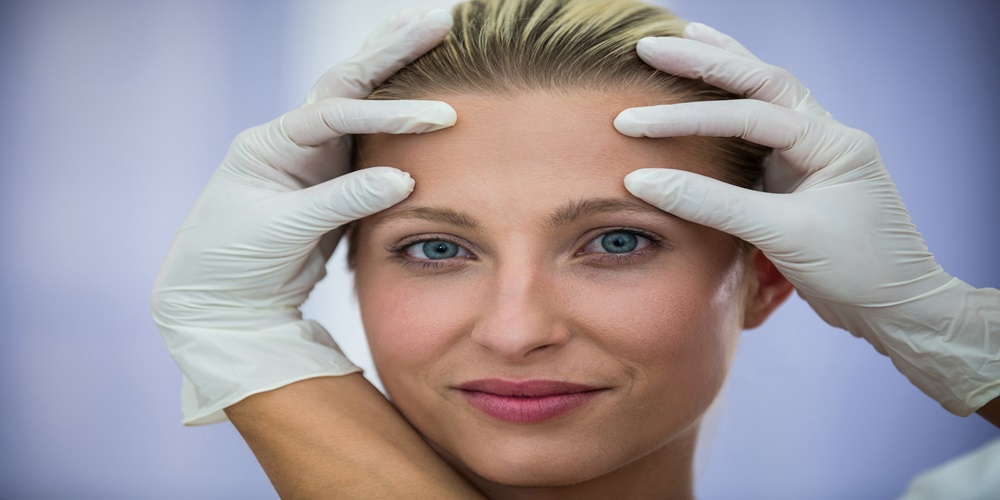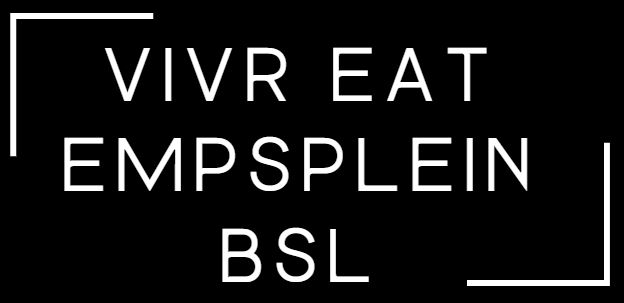In the ever-evolving landscape of cosmetic enhancements, the popularity of non-invasive procedures such as Botox and Dysport has soared among individuals in Canada seeking a rejuvenated look. Delving into the nuances of these treatments becomes imperative for those navigating the world of cosmetic enhancements.
This comprehensive guide strives to offer an unbiased comparison, delving into nuanced aspects of both Botox and Dysport. It is aimed to provide you with the knowledge needed to make a discerning choice that matches your unique aesthetic aspirations and preferences.

1. Overview of Botox and Dysport
– Botox and Dysport are both neurotoxin-based injectables used to reduce the appearance of wrinkles and fine lines.
– These treatments work by temporarily relaxing facial muscles, preventing them from contracting and forming wrinkles.
2. Composition and Potency
– Botox, short for Botulinum Toxin Type A, and Dysport are derived from the same toxin but have different formulations and potencies.
– Dysport units are smaller than Botox units, meaning a different dosage is required for similar results.
3. Onset and Duration
– Dysport tends to have a quicker onset, showing results within 2-5 days, while Botox may take 4-7 days.
– The duration of effects varies, with Dysport having a slightly shorter duration compared to Botox, typically lasting 3-4 months.
4. Spread and Diffusion
– Dysport has a broader spread, making it potentially suitable for larger treatment areas.
– Botox, with a more localized effect, may be preferred for precise treatment in smaller areas.
5. Cost Considerations
– Dysport is often priced per unit, which may make it appear more cost-effective. However, the required dosage differs, affecting the overall cost.
– Botox might be priced higher per unit, but the total expense could be comparable based on the required units for the desired effect.
6. Safety Profile
– Both treatments have a well-established safety record when administered by qualified professionals.
– Side effects are generally mild and temporary, including redness, swelling, or bruising at the injection site.
7. Personalized Consultation
– A crucial step in deciding between both is consulting with a qualified healthcare professional.
– Discussing individual goals, preferences, and any potential allergies or sensitivities ensures a personalized and safe treatment plan.
Conclusion
In the world of non-surgical cosmetic enhancements, the choice between Botox vs Dysport is a personal one, influenced by various factors. Understanding the nuances of each treatment empowers individuals to make informed decisions aligned with their unique needs. Consulting with a qualified practitioner is paramount.
For a personalized consultation and expert guidance on choosing between Botox and Dysport, reach out to reputable cosmetic clinics in your area. Remember, the key to successful treatment lies in informed decisions and professional guidance. Embrace the opportunity to rediscover a more youthful you with the right cosmetic treatment for your individual needs.

